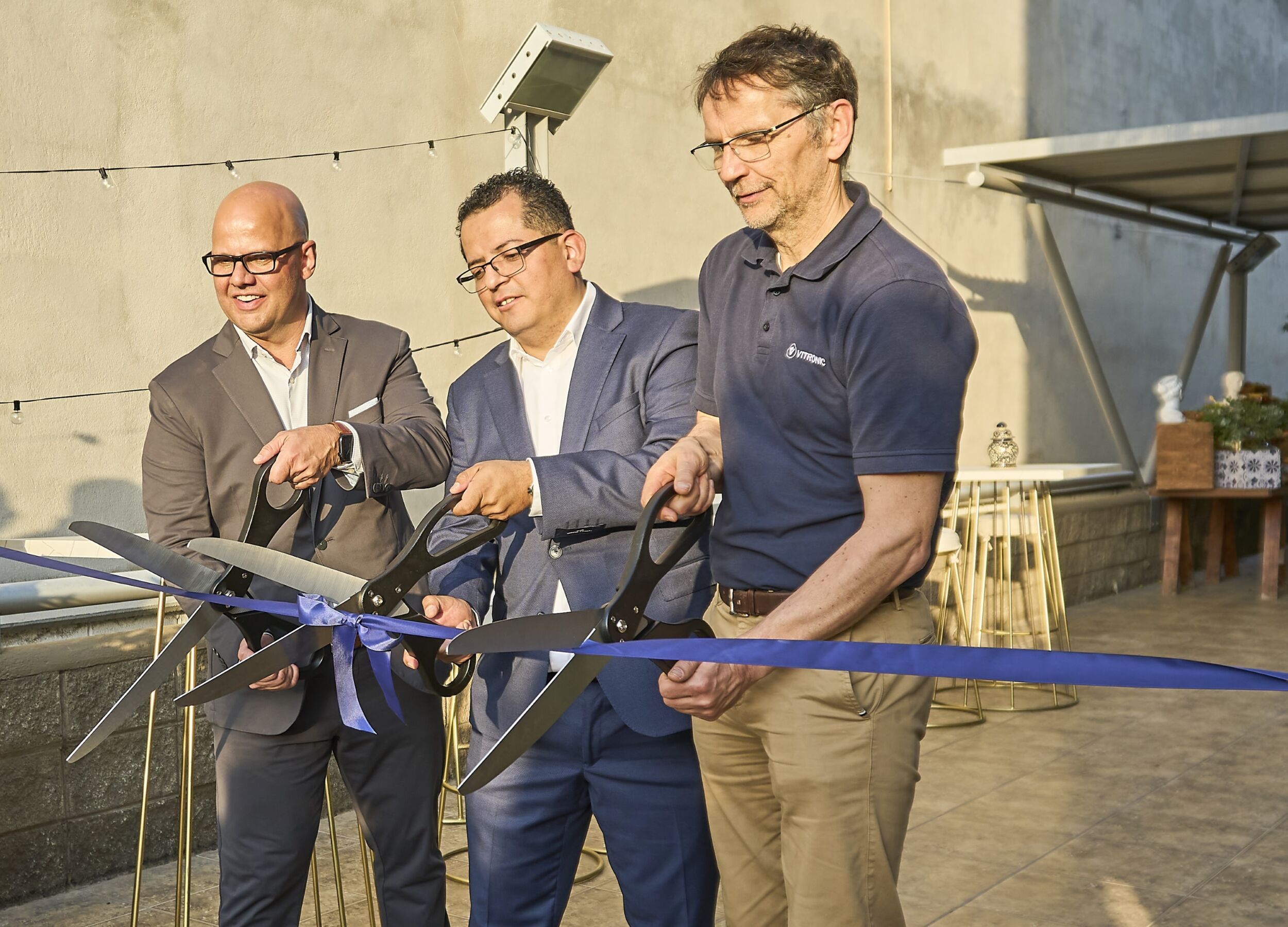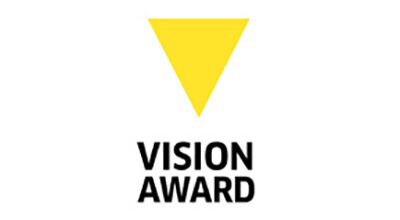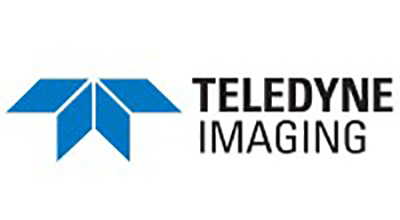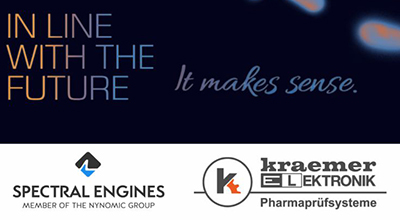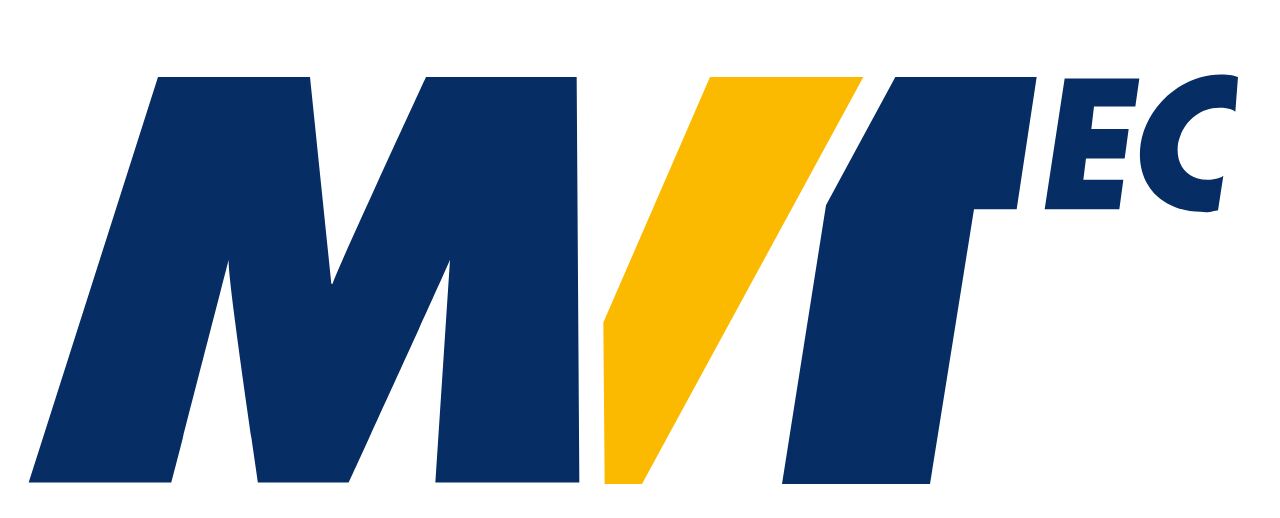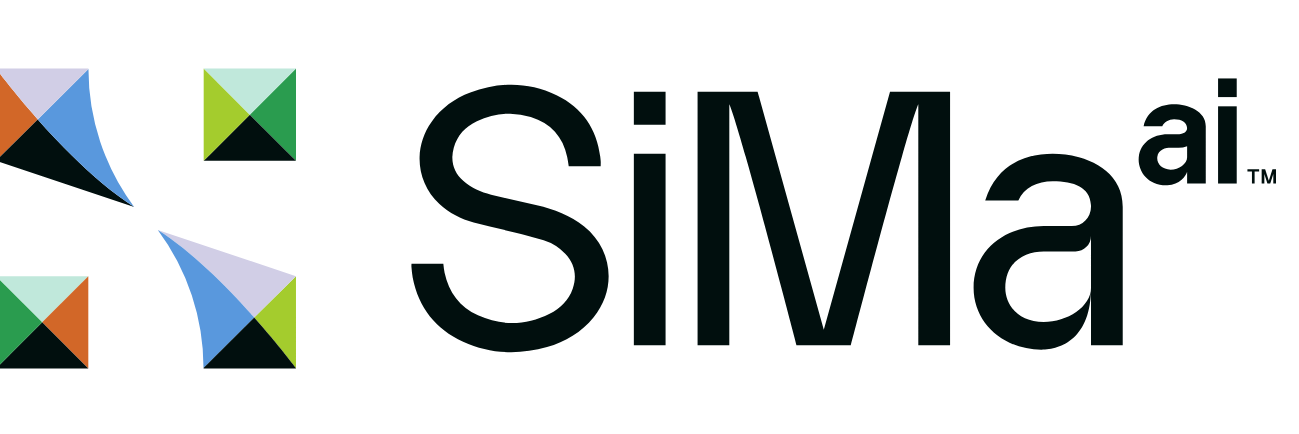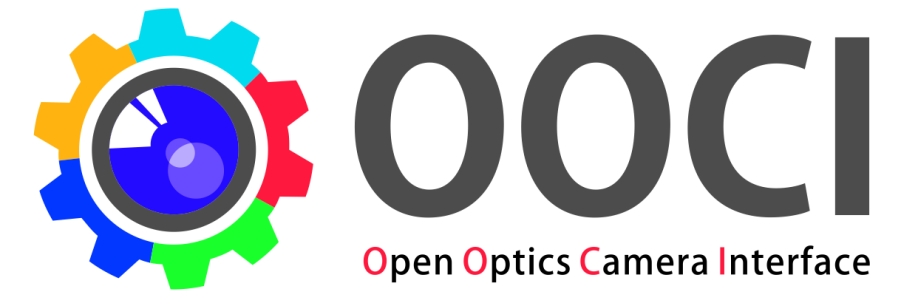
In the past decades the machine vision industry benefited from the development of several sector-specific standards which enabled the global adoption of machine vision technology. In some areas, however, machine vision also took advantage of other existing industry standards. Many of which even predate the machine vision industry. Optics are a key component of any machine vision system, and a good example of the adoption of existing standards through common use, becoming de facto industry standards. The C-mount came out in the 1920s in support of motion picture cameras. The F-mount was a single company standard, born in the 1950s, for film cameras. By the 1980s Nikon was selling the mating bayonets, but otherwise providing no addition technical support for use of these lenses. By the early 2000s, this limited support was completely dropped. The addition of mechanical and electrical controls to the F-mount, made it impossible to deploy the types of lenses Nikon customers were demanding. The machine vision market was many orders of magnitude smaller than the photographic market, so its voice went unheard.
The C-mount and F-mount, some of the earliest successful examples of Independent Lens Camera (ILC) systems, set the stage for many more: Canon with the EF-mount, Sony with the E-mount and Olympus with Micro Four Thirds. As such, most of the ILC standards are single company standards, that have either remained closed, or for strategic and market reasons, opened up to only a limited number of partners. None of these standards could reasonably be adopted by the machine vision industry. ´Open´ in the ILC market always has a gatekeeper. Open in the machine vision industry, however, is something significantly different. Something significantly better.
OOCI Standard
During further investigations of the topic a survey of other industries, surveillance and microscopy to name two of many, revealed similar issues. There was no one standard to adopt for machine vision purposes. All identified standards had limiting issues, technical and otherwise. This created the need to develop a truly open standard. The Open Optics Camera Interface (OCCI) was born and the EMVA became its host association. The main objective of the OOCI standard development is to provide a standard interface for optical components inside of, or attached to, cameras, no matter what wire interface technology the cameras are built on. The interface is expected to operate between optical components including, but not limited to, lenses, filters, filter wheels, shutters, and apertures. Like many machine vision standardization efforts the idea started in academia, specifically by Prof. Bernd Jähne at Heidelberg University. The kick-off meeting of the standard working group (WG) was in July 2018.
– The first strategic decision of the newly formed standard working group was to develop the standard by industry for industry, while leveraging the experience and wisdom from academia. This effort started as a strong partnership. Industry represented by optics and camera companies. Academia represented by many areas of specialization. Different disciplines used different number systems and different terminology. All players in a common learning experience argued to a singular vocabulary. Colleagues in academia have been invaluable helping the industry to understand why each discipline had different representations, ensuring the accuracy of the work of the WG. Together they came to the simplest possible definition – but no simpler.
– The second strategic decision of the working group was to leverage other standards where possible. Recently the OOCI completed its first major objective – standardization of the naming convention for optical features in machine vision cameras. They chose not to release this as an OOCI standard. Instead, they negotiated for the inclusion of their work into the GenICam Standard Feature Naming Convention (SFNC). Including the work in a very widely adopted standard means gaining immediate wider distribution. For some users, this may avoid the need for management approval to support a new standard. OOCI isn’t just a new standard. OOCI also makes the industry favourite standard more complete.
– The third strategic decision was to limit scope. Fixing scope early allowed for a relatively fast elevation of the EMVA hosted standard to a global G3 standard, and all of the benefits G3 status confers. Fixing the scope in the WG rules, has made it easier for some of the supporting member companies to accept the Intellectual Property Rights Policy that is integral to ensuring that the work product of the group can be used by all without risk of infringement.
Outlook
One key takeaway since the standard work began, is as the OOCI moves forward, the need for the standard continues to grow. The timing of this effort has been quite appropriate. The ILC market is declining, with the market penetration of the camera phone displacing the demand for the traditional cameras. As a result of this market change, interchangeable lenses are now a declining market. This has made it even more difficult to accept any singular other-industry standard as good enough to meet a wide range of machine vision customer needs. The expectation of ever higher levels of automation in acquisition of images requires that the optics be included in the system level understanding, and system level control. The supply chain issues can be more easily addressed when the system, rather than the engineer or technician commissioning a new system, is able to understand how different optics at different nodes, can be more readily understood, optimized, and in some cases automated.
As the work of the OOCI moves forward, it continues to be clear that there is great opportunity for new voices, to ensure the standardization effort best meets the needs of the industry moving forward. If the story is compelling, and you want to be a part of this effort, please write to standards@emva.org


